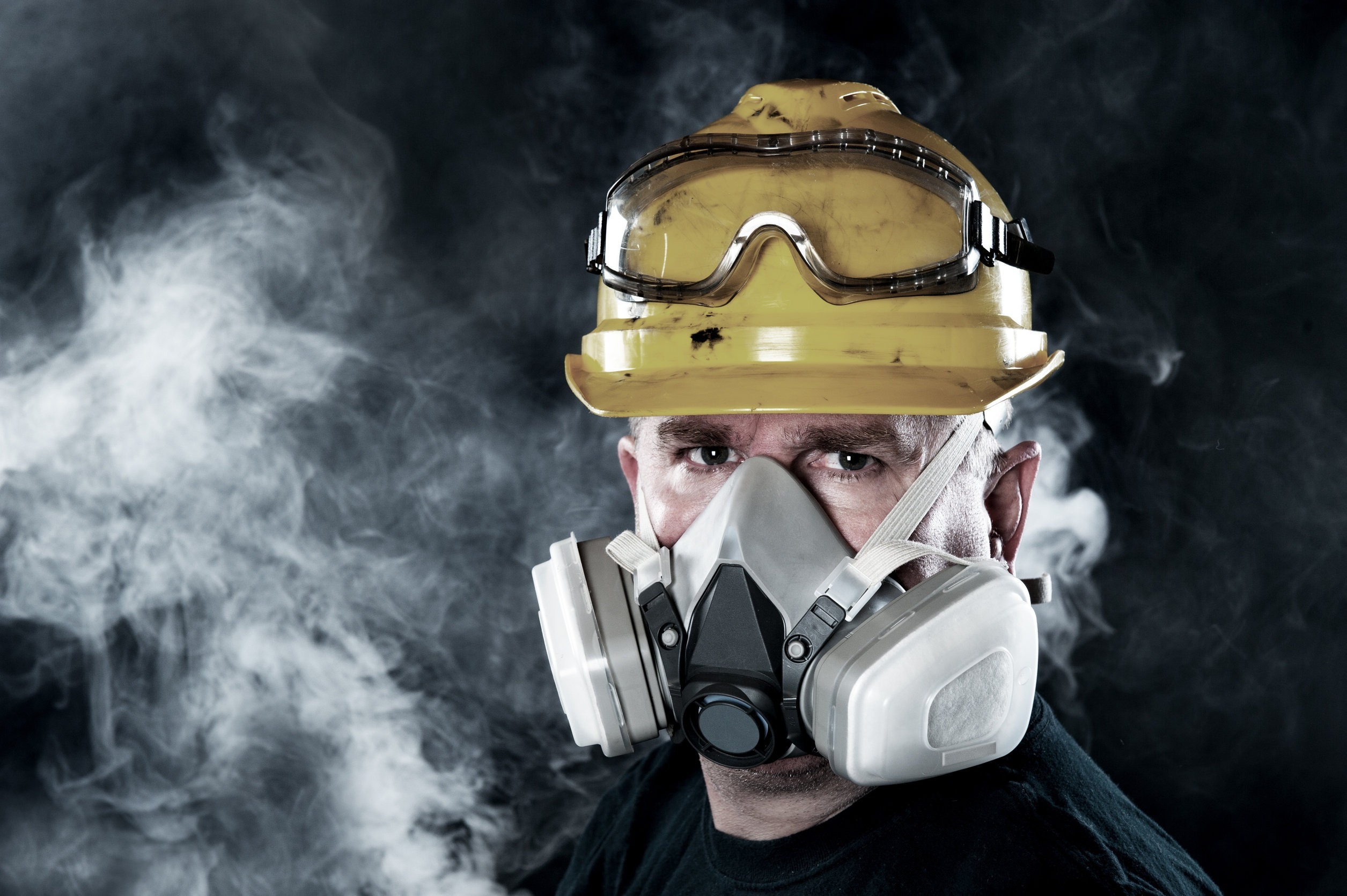Cal/OSHA Update: ETS for Respirable Crystalline Silica
Cal Safety Solution wish to inform you about the current advancements regarding. Emergency Temporary Standard (ETS) for Respirable Crystalline Silica.
.
On July 20, 2023, the California Division of Occupational Safety and Health Standards Board, likewise referred to as Cal/OSHA Standards Board, examined public comments relating to Petition File No. 597. This petition proposes an amendment to Title 8, General Industry Safety Orders, Section 5204 of the California Code of Regulations. The proposed modification intends to establish stricter control measures for employees in the engineered stone fabrication industry concerning their direct exposure to respirable crystalline silica.

The Cal/OSHA Standards Board is currently thinking about Petition File No. 597 as an emergency temporary standard due to the increasing number of cases involving workers' direct exposure to respirable crystalline silica. If approved, this temporary standard would be in impact for twelve months and would impose more rigid measures to control and mitigate the prospective threats connected with respirable crystalline silica for workers in the engineered stone fabrication market.
Cal/OSHA Standards Board received a petition from the Western Occupational and Environment Medical Association (WOEMA), they requested the ETS with the following standards:
2. Controlled Areas: Designated locations should be established to restrict employee access to locations where artificial stone is made. This prevents the spread of possibly harmful silica dust.
3. Dust Suppression: Fabrication of synthetic stone should be conducted using water as a dust suppressant. This necessary step helps avoid the release of harmful silica dust into the air.

4. Respiratory Protection: All people engaged in synthetic stone fabrication are needed to use airline company respirators or power air-purifying respirators (PAPRs). These breathing devices offer efficient protection against inhalation of dangerous silica dust.
5. Reporting to Cal/OSHA: Employers need to annually record their compliance by reporting using Respirable Crystalline Silica (RCS) to the Cal/OSHA Occupational Carcinogen Control Unit.
It includes sending a letter in accordance with Section 5203 Carcinogen Report of Use Requirements.
6. Strengthened Penalties: Violations of these guidelines will be treated as severe offenses, resulting in stronger charges to make sure rigorous adherence and discourage non-compliance.
7. Upgraded Guidance: Cal/OSHA will offer prompt and appropriate assistance, consisting of information on digital tomography (CT) examinations and other diagnostic research studies. This will make it possible for employers and workers to remain informed about the most recent advancements in occupational health.
8. Reporting Silicosis Diagnoses: It is mandatory for physicians or licensed health care professionals (PLHCP) to quickly notify Cal/OSHA of any medical diagnoses of moderate seriousness or worse related to silicosis. This reporting requirement help in tracking and handling cases of occupational silica exposure.
Revised preparing of Silica ETS anticipated in coming months. .

Need expert recommendations or training to comply with the current requirements? Contact Us At (800) 433-9819. Safeguarding your team and your bottom line.

 Add Row
Add Row  Add
Add 




Write A Comment